 0
0
Products Description

E-type thermocouple bare wire is an important sensor element commonly used for temperature measurement. It is composed of two metal wires of different materials (usually nickel chromium/copper nickel), and temperature changes are measured by the thermoelectric potential difference generated by these two metals at different temperatures. E-type thermocouple bare wire has excellent linear characteristics and stability, suitable for a wide temperature range, usually reaching hundreds of degrees Celsius or even higher. Due to its high sensitivity, fast response speed, and moderate cost, the bare wire of E-type thermocouples has been widely used in industrial control, laboratory research, and household appliances.
Parameter

Nickel chromium copper nickel thermocouple (E-type thermocouple), also known as nickel chromium constantan thermocouple, is a type of inexpensive metal thermocouple,
Its positive electrode (EP) is made of nickel chromium 10 alloy, Ni: Cr ≈ 90:10, and the negative electrode (EN) is made of copper nickel alloy. The nominal chemical composition is 55% copper, 45% nickel, and a small amount of elements such as cobalt, manganese, and iron.
The operating temperature of this thermocouple is -200~900 ° C.
ASTM | (American Society for Testing and Materials) E 230 | ||
ANSI | (American National Standard Institute) MC 96.1 | ||
IEC | (European Standard by the International Electrotechnical Commission 584)-1/2/3 | ||
DIN | (Deutsche Industrie Normen) EN 60584-1/2 | ||
BS | (British Standards) 4937.1041, EN 60584-1/2 | ||
NF | (Norme Francaise) EN 60584-1/2-NFC 42323-NFC 42324 | ||
JIS | (Japanese Industrial Standards) C 1602-C 1610 | ||
GOST | (Unification of the Russian Specifications) 3044 | ||
Code | +Positive leg | -Negative leg | Temperature Range |
N | Ni-Cr-Si (NP) | Ni-Si-Mg (NN) | -454 to 2300°F (-270 to 1,260°C) |
K | Ni-Cr-Si (KP) | Ni-Al (KN) | –454 to 2,300°F (–270 to 1260°C) |
E | Ni-Cr (EP) | Cu-Ni<constantan> (EN) | -454 to 1600°F (-270 to 870°C) |
J | Iron (JP) | Cu-Ni<constantan> (JN) | -346 to 1,400°F (-210 to 760°C) |
T | Copper (TP) | Cu-Ni<constantan> (TN) | -454 to 700°F (-270 to 370°C) |
B | Platinum Rhodium-30% | Platinum Rhodium-6% | 32 to 3100°F (0 to 1700°C) |
R | Platinum Rhodium-13% | Platinum | -58 to 2700°F (-50 to 1480°C) |
S | Platinum Rhodium-10% | Platinum | -58 to 2700°F (-50 to 1480°C) |
C (W-Re5/26) | Tungsten 5% Rhenium | Tungsten 26% Rhenium | 212 to 4172°F (100 to 2300°C) |
D (W-Re3/25) | Tungsten 3% Rhenium | Tungsten 25% Rhenium | 212 to 4172°F (100 to 2300°C) |
G (W-Re26) | Pure Tungsten | Tungsten 26% Rhenium | 212 to 4172°F (100 to 2300°C) |
For more details, pls directly contact us.
Main features:

Wide temperature range: E-type thermocouples can measure temperatures from -200 ° C to+900 ° C.
High thermoelectric potential: E-type thermocouples have a high thermoelectric potential, which makes them more sensitive and responsive during measurement.
Good stability: E-type thermocouples can maintain good stability during long-term use and are suitable for continuous temperature monitoring.
Corrosion resistance: Nickel chromium alloy and nickel silicon alloy have good corrosion resistance, making E-type thermocouples suitable for various environments.
Economy: Compared with thermocouples using precious metals, E-type thermocouples have lower costs and are economical and practical.
Easy to calibrate: The calibration process of E-type thermocouples is relatively simple, making it easy to maintain and calibrate.
Compatibility: E-type thermocouples can be compatible with various types of display and recording devices, making it easy to integrate into different control systems
Application of K-type thermocouple bare wire

Chemical industry: In the chemical production process, E-type thermocouples are used to monitor the temperature in reactors, distillation towers, and heaters.
Metal processing: In the process of metal smelting and processing, E-type thermocouples are used to monitor the temperature of melting furnaces, forging equipment, and heat treatment furnaces.
Food processing: In the process of food processing and packaging, E-type thermocouples are used to monitor the temperature during baking, cooking, and sterilization.
Power industry: In the process of power production and distribution, E-type thermocouples are used to monitor the temperature of boilers, generators, and transformers.
Environmental monitoring: In environmental monitoring and control, E-type thermocouples are used to monitor indoor and outdoor environmental temperatures, greenhouse temperatures, etc.
Medical equipment: In medical equipment, E-type thermocouples are used to monitor and control the working temperature of medical equipment, such as sterilizers and thermostats.
Research experiment: In scientific research and experiments, E-type thermocouples are used to accurately measure temperature changes during the experimental process.
Matters needing attention

E-type thermocouples are not suitable for reducing or redox alternating atmospheres, as these conditions may lead to a decrease in thermocouple performance.
In high-temperature oxidizing atmospheres, the performance of E-type thermocouples is better, but in high-temperature reducing atmospheres, their performance may be affected.
Summary

The bare wire of E-type thermocouple plays an important role in multiple industrial and scientific fields due to its wide temperature measurement range, high sensitivity, stability, and economy. However, when selecting an E-type thermocouple, users need to consider its applicable atmosphere conditions to ensure measurement accuracy and equipment reliability.
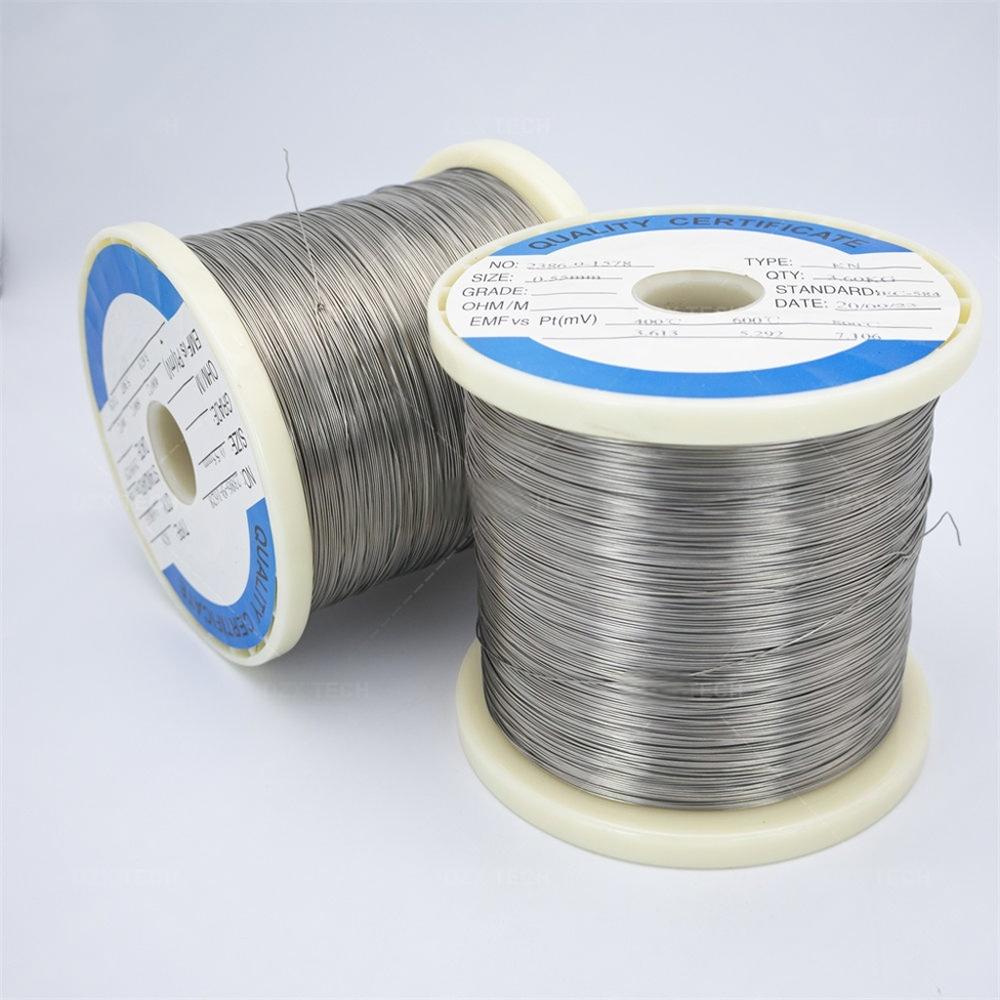
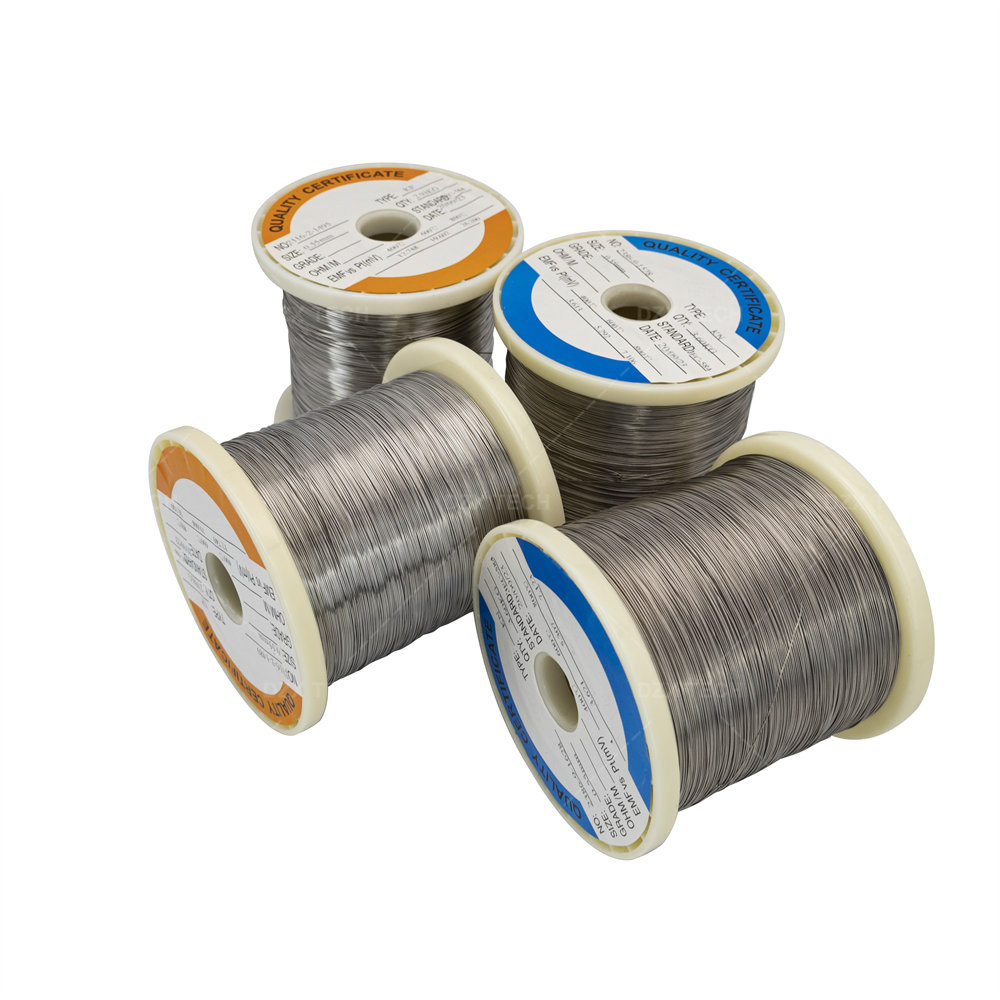
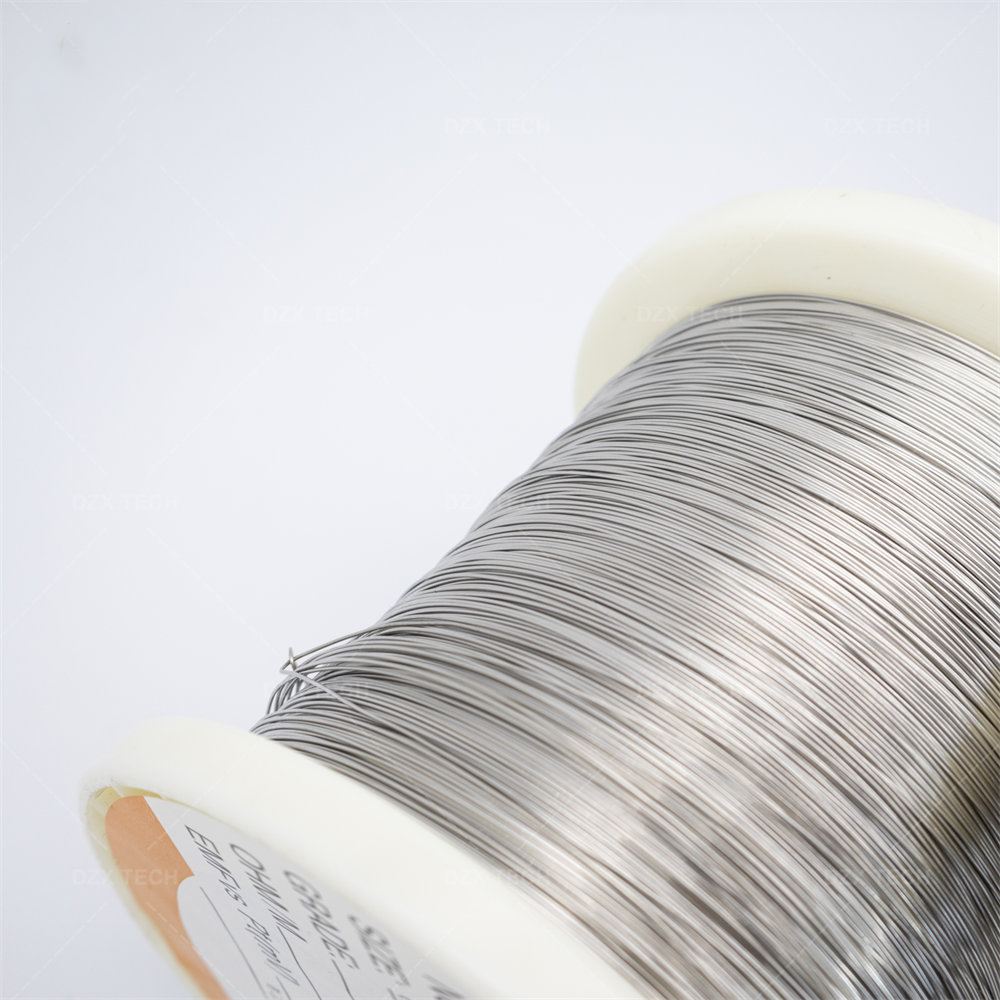
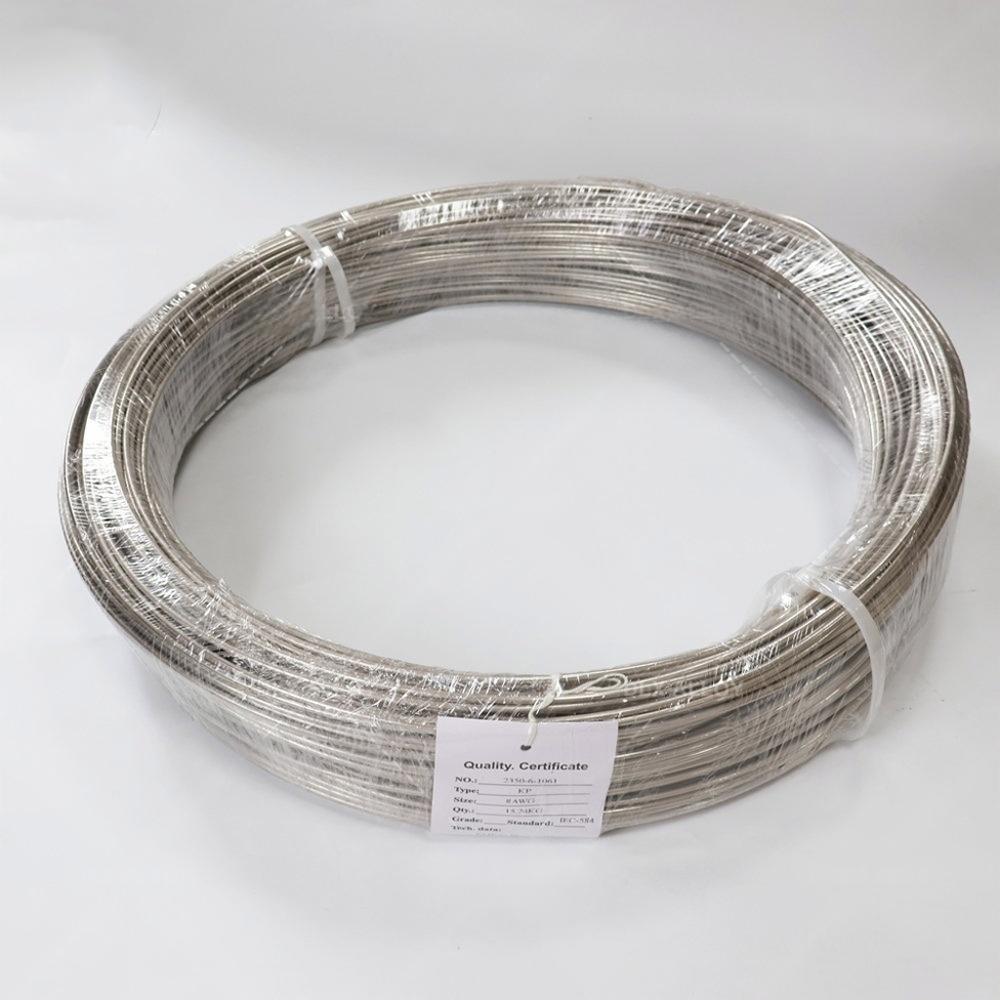
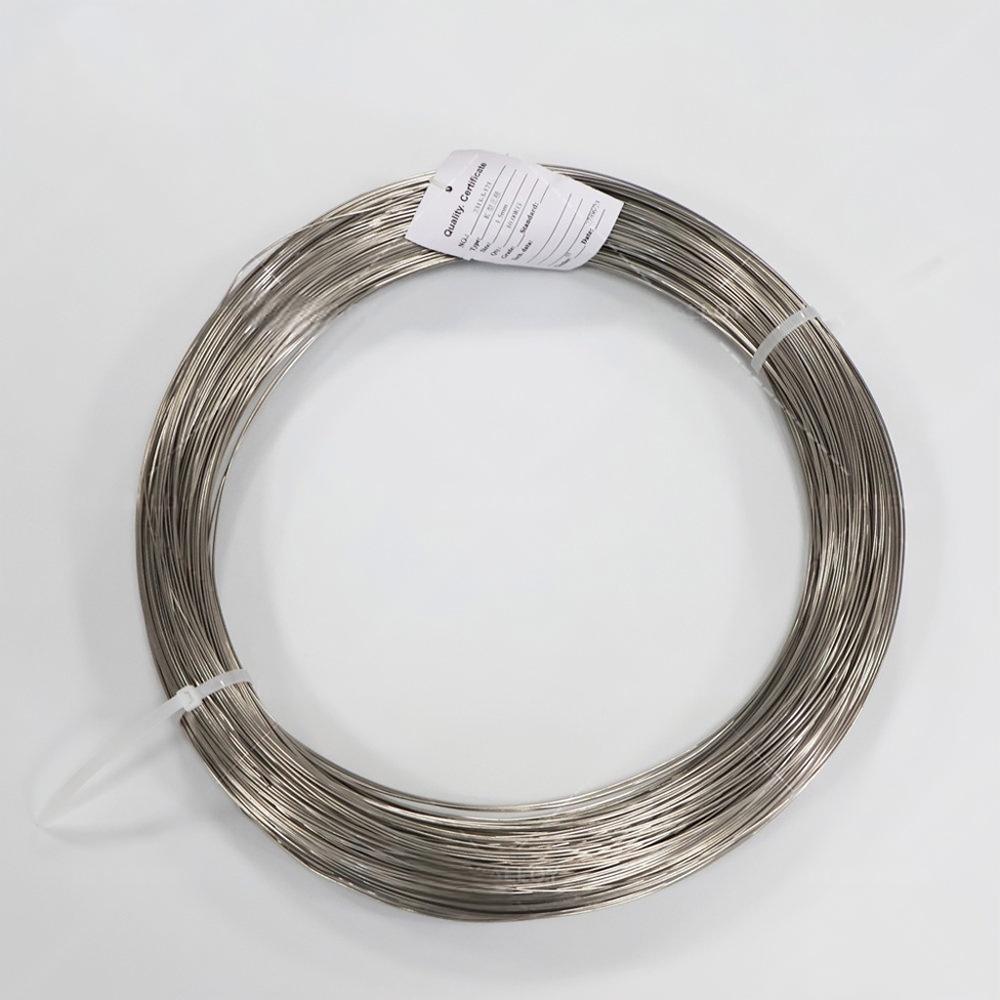
E-mail: Info@hulkalloy.com
Mobile: 0086 13852926463
Tel: 0086 13852926463
Whatapps: 0086 13852926463
Add: Renli Village, Fangxian Town, Danyang City, Jiangsu Province, China